It would seem to be (almost) as easy to scan a table over a clustered index, summarizing a field from the "previous record", as just to summarize that field over the entire table. But no :( Is there anything I can do?
create table #Tmp(n int not null primary key)
insert into #Tmp values(0)
declare @k int = 1
while @k < 1024 * 1024 * 32
begin
insert into #Tmp
select n + @k
from #Tmp
select @k = @k + @k
end
declare @dummy bigint
declare @d1 datetime = GetDate()
select
@dummy = Sum(Convert(bigint, n))
from
#Tmp
declare @d2 datetime = GetDate()
select
@dummy = Sum(convert(bigint, n0))
from
(
select
n0 = Lag(n) over (order by n)
from
#Tmp
) as Q
declare @d3 datetime = GetDate()
select Convert(time(3), @d2 - @d1), Convert(time(3), @d3 - @d2)
-- 00:00:01.460, 00:00:46.273
drop table #Tmp

